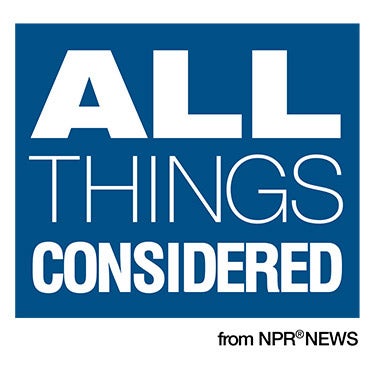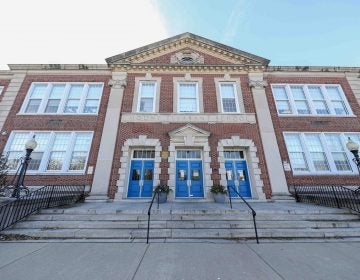Meeting Delaware’s solar standards

Delaware power suppliers have made big strides in preparing to meet the state’s standards for renewable energy.
A few years ago, Delaware’s renewable energy hopes were focused on off-shore wind. Now that those plans have been mothballed, Bloom Energy’s Bloom Box servers are the new hope for renewable power. But in between wind and energy servers stands solar power. Solar panels have been switched on up and down the state in recent months in an effort to meet the state’s renewable energy standards which call for 3.5 percent of Delaware’s energy to come from solar power by 2025.
Delaware City
Earlier this spring, Delaware City flipped the switch on its 500 kW solar farm. The panels will power nearly all of the city’s municipal needs, which should save the city more than one million dollars in energy costs over the next 20 years. “The thing that’s so exciting about this project, it’s about 96% of their use,” said Department of Natural Resources and Environmental Control Secretary Collin O’Mara. “With a little more efficiency work, it could be 100 percent of the power used in city government operations being powered by renewable energy.” He says “There is no one else in the state in local government that’s close to that threshold. This is a huge accomplishment.”
Solar City Regional Vice President Leon Keshishian says Delaware City’s solar panel farm stands as an example of what other community’s and residents should be considering. “These types of projects, which people see, allow just the general population to move the needle and decide it’s something I need to investigate, it’s something we can do in our town, in our neighborhoods.”
MilfordFurther south, on the Kent/Sussex County border, the state’s largest solar farm, this 15-megawatt facility in Milford was turned on in April. The 80-acre PSEG solar farm uses 62,000 panels to generate enough energy to power 9,000 homes. “The project’s far-reaching benefits began with the construction jobs it brought to the Milford area and will continue with many years of power production and economic benefits for the central part of our state,” said Governor Markell at the solar farm’s dedication ceremony.
The Delaware Municipal Electric Corporation will purchase the electricity generated by the PSEG farm through a 20-year power purchase agreement. DEMEC provides power for more than 100,000 residents in towns up and down the state including Clayton, Dover, Lewes, Middletown, Milford, New Castle, Newark, Seaford, and Smyrna.
Georgetown
The latest project is in Georgetown, where the Delaware Electric Cooperative will soon have 20 acres of solar panels providing power for hundreds of its members. This solar project will provide about 6.5 million kilowatt-hours per year, which would be enough energy to power 500 homes on an annual average basis.
Solar’s one drawback has always been consistency, and that’s a concern for power suppliers like the Co-op’s CEO Bill Andrew. “I cannot schedule the sun to shine or the wind to blow so I have to over-build my facility in order to be able to meet the requirement of 3.5 percent.”
That means that duplicate power supplies are needed for times the sun isn’t shining. “Even though we have about $14 million invested in [this solar farm], I still have to provide generation facilities of an equivalent amount in order to meet the power needs of my members when the sun is not shining,” Andrew says.
Even as the 2025 deadline nears, the population and customer growth over that time means the amount of solar panels will have to grow too. “As we gain more members, we will have to add more power too, in order to meet that. So the way the laws are written, we must be building more solar energy, but we have to figure out how to build it so we can afford it.”
WHYY is your source for fact-based, in-depth journalism and information. As a nonprofit organization, we rely on financial support from readers like you. Please give today.




